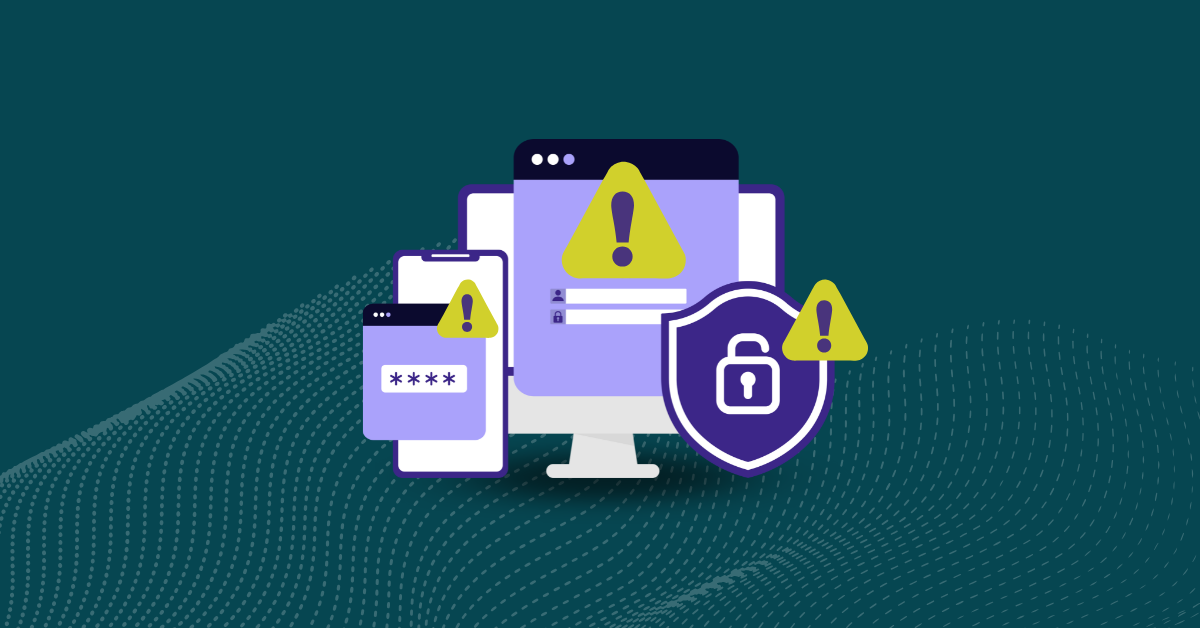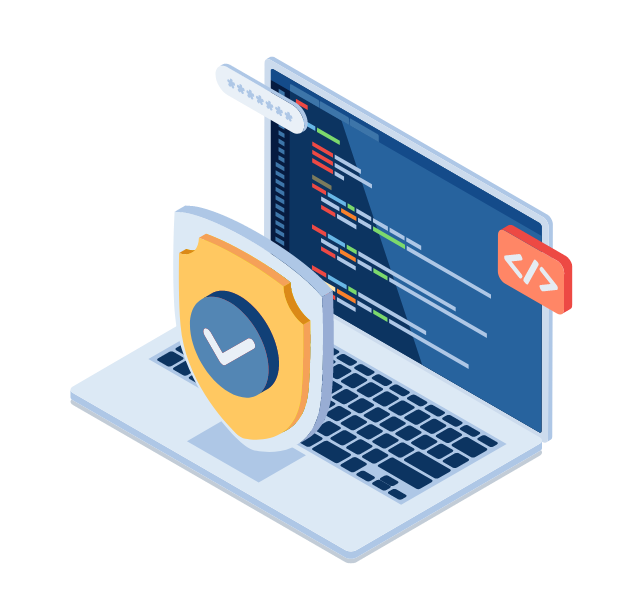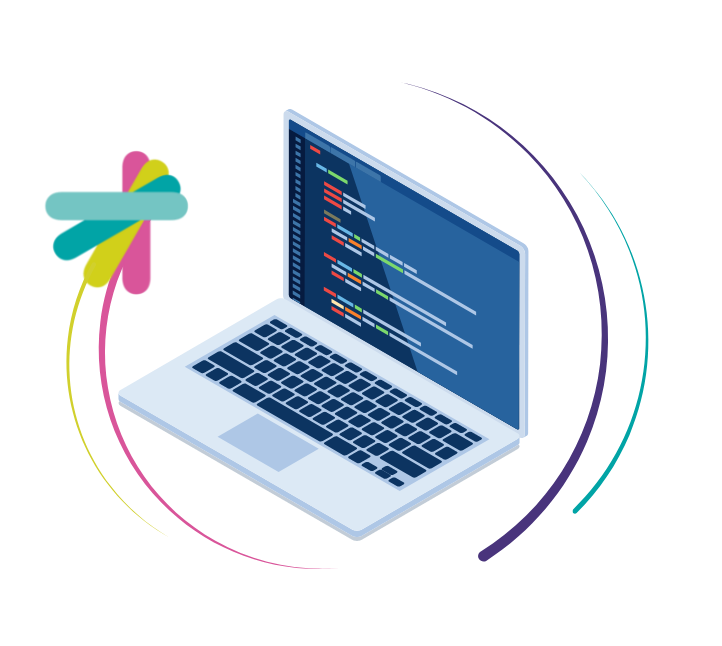

The European Union has made significant upgrades to its cybersecurity framework in response to critical infrastructure threats. In order to make Europe a safe place to live and work, the Network and Information Security Directive 2 (NIS 2.0) aims to bolster cybersecurity by replacing the original NIS passed in 2016. NIS 2.0 is expanding its coverage to include more sectors and increasing baseline security measures to guard against ever more sophisticated cyber-attacks.
Malicious actors continue to pose threats to governments and businesses worldwide. Some of the major breaches of late 2022 included:
The following app sec best practices will help you mitigate the most common cybersecurity threats:
Input validation involves checking that the data received by a program meets specific requirements before it is used. Input validation can be an effective way to prevent various security risks, including injection attacks, such as SQL injection, cross-site scripting (XSS), and command injection.

You should validate all input, both from external sources, such as user input, and internal sources, such as data from a database or another system. Here are some of the measures you should implement for input validation:
With the rise in remote work and cloud computing, endpoint attacks such as the one on Microsoft are occurring more frequently. Implementing access control can help thwart these types of attacks. Zero-trust principles should guide your access control implementation:
Code security helps protect systems, networks, and data from attack, damage, or unauthorized access. When your code isn’t secure, it can be exploited by hackers and cybercriminals to gain access to sensitive information, disrupt services, or cause harm to individuals or organizations.

Hardening your apps with code security protects the integrity and reliability of your systems. You can do this by:
Given the continual and unrelenting nature of cybersecurity attacks, there are several new and continuing trends you should expect to see in 2023, including:
In line with the EU’s NIS 2.0 directive, you should expect to see increasing regulatory and data privacy measures. In the U.S., 40 states have recently passed or are considering legislation dealing with cybersecurity. At the federal level, President Biden signed a law that mandates reporting critical infrastructure cybersecurity events.
It’s a matter of when — not if — a cybersecurity attack will occur, so you can expect to see an increased use of threat detection and response tools. Code security tools like Kiuwan’s security solutions incorporate security from the earliest stages of the DevOps process. These tools notify you of possible vulnerabilities early on so you can respond quickly.
Many breaches occur as a result of third-party vulnerabilities. Smaller supply-chain organizations often don’t have the cybersecurity protections that larger organizations do, despite having access to the same information. Hackers can attack smaller companies and gain access to upstream organizations. Third-party code poses similar risks when developers include it in their applications. Since almost all applications include some element of third-party code, this is a widespread vulnerability. Using a tool such as Kiuwan Insights Open-Source can help mitigate the risks associated with third-party code.
With new regulations being adopted internationally and cyber threats increasing, cybersecurity should be a top priority for all developers. Kiuwan’s end-to-end application security platform helps secure your code throughout the development process.

Our products provide SAST, SCA, and QA to help you comply with all stringent security standards and industry regulations, including the latest NIS 2.0 guidelines. Reach out today for a trial to see how we can help you mitigate security risks.


